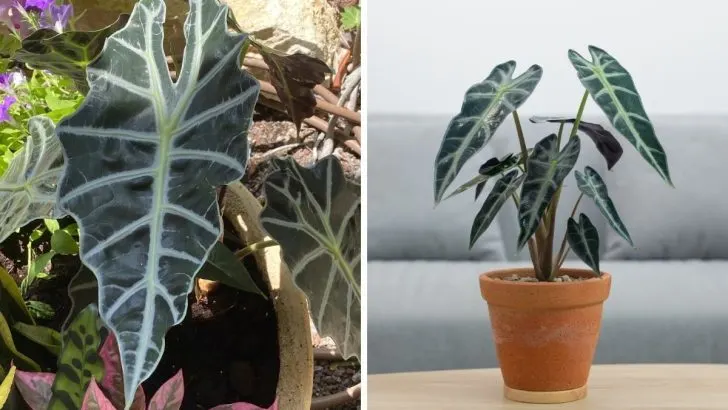Panic alert! What for? Of course, I understand. It is time to get a new houseplant. Lucky for you, today we prepared an amazing example from the Araceae family just for you. Did you hear about the African mask plant?
This plant is so much, but it’s not one thing: it’s not a needy houseplant. You will know that it’s there. But after some time, you’ll get very used to it, and taking care of it will be a simple ritual.
To learn more about an African mask plant, make yourself some coffee, get cozy and let’s start. But hey, don’t tell me that I didn’t warn you. It’s very addictive, once you start reading you won’t stop until you learn everything about it.
African Mask Plant (Alocasia Plant) Features
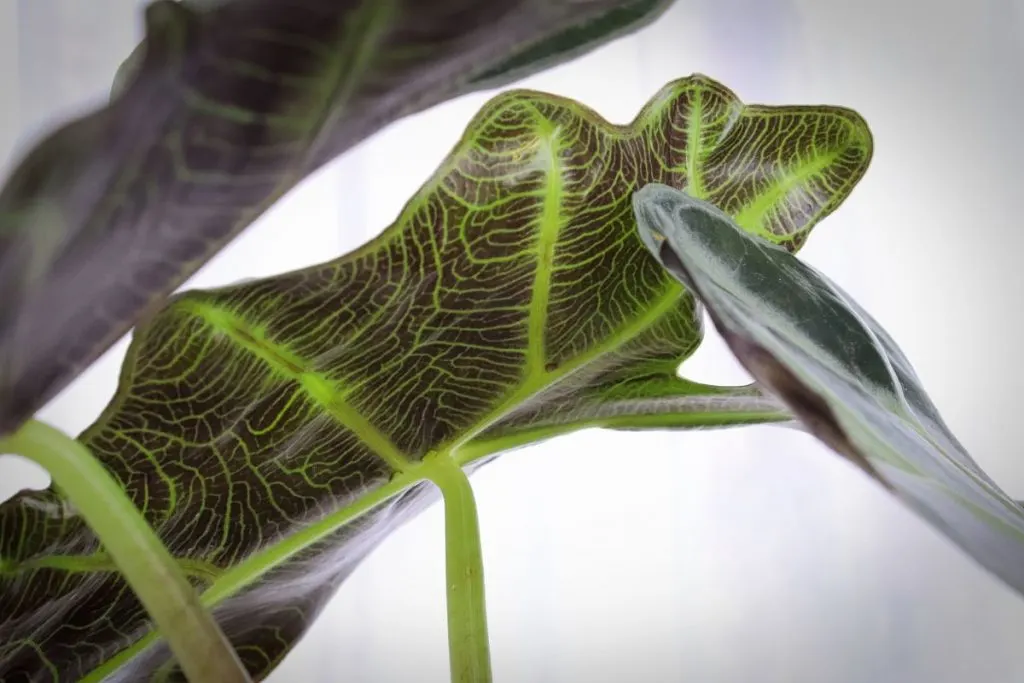
– Alocasia belongs to a large group of the most beautiful ornamental plants. These are placed indoors. Their shapes and large leaves, which look like elephant ears (commonly called Elephant Ears), and unique foliage, manage to bring tropical notes even in apartments located in the midst of urban chaos.
Even just one example, perhaps located in a certain corner of the house, is enough to recreate the scenario of lush native vegetation.
– Alocasia is a rhizomatic and evergreen plant: large leaves and flowers are born and develop from rhizomes. We said earlier that these plants are not conspicuous due to their abundant flowering. But we did not deny the existence of flowers that barely appear among the huge leaves.
– The arrow-shaped leaves can reach a meter or more in length and are in most cases intense green in color.
Some species, although retaining the shape and size of the leaves, differ from others in the color of the leaves. Which can also be bronze, purple, and with very obvious dark or light veins.
How Many Varieties Does African Mask Plant Have? What Is The Most Popular African Mask Plant Variety?
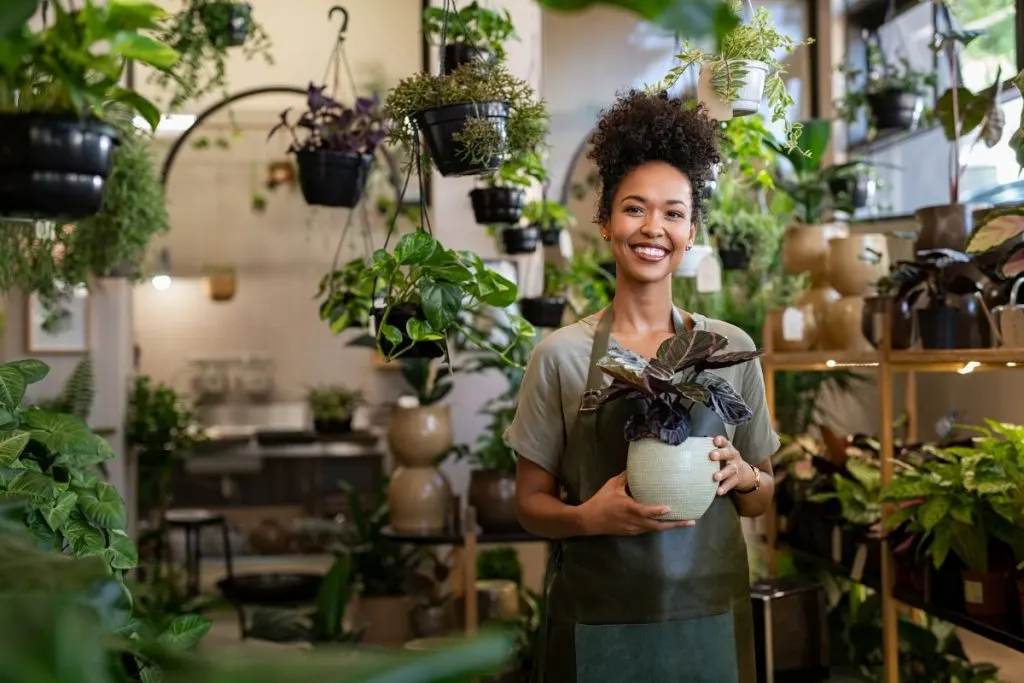
Alocasia belongs to the aroid family, of which at least fifty are known today. Ornamental varieties grown in house conditions differ not only in size, which can be very modest, exchanging half a meter in height and up to decent, shrubs two meters, but the shape of leaf plates, their color, and some other shades.
Some of the other popular houseplants that belong to this family are Alocasia Metallica, Alocasia Amazonica, Alocasia Sanderiana, Alocasia Polly, and many other alocasias.
Without too many words we can say with certainty that Alocasia x Amazonica is the most popular and most sought-after variety.
It is a hybrid obtained by crossing Alocasia Longiloba and Alocasia Sanderiana, which can be grown in pots or even directly in the garden.
It grows without any problems on well-protected verandas or yards. As long as a sufficiently high level of humidity can be maintained.
The leaves are very large and arrow-shaped. They are dark green in color and have very bright white (or creamy) veins. It is a species that blooms in spring or summer.
Why is this variety so popular? In addition to being beautiful, it can “upset” any environment like a tropical hurricane. Perfect for smaller rooms or large spaces, it always manages to become the main character of the house.
Where Should I Locate My African Mask Plant?
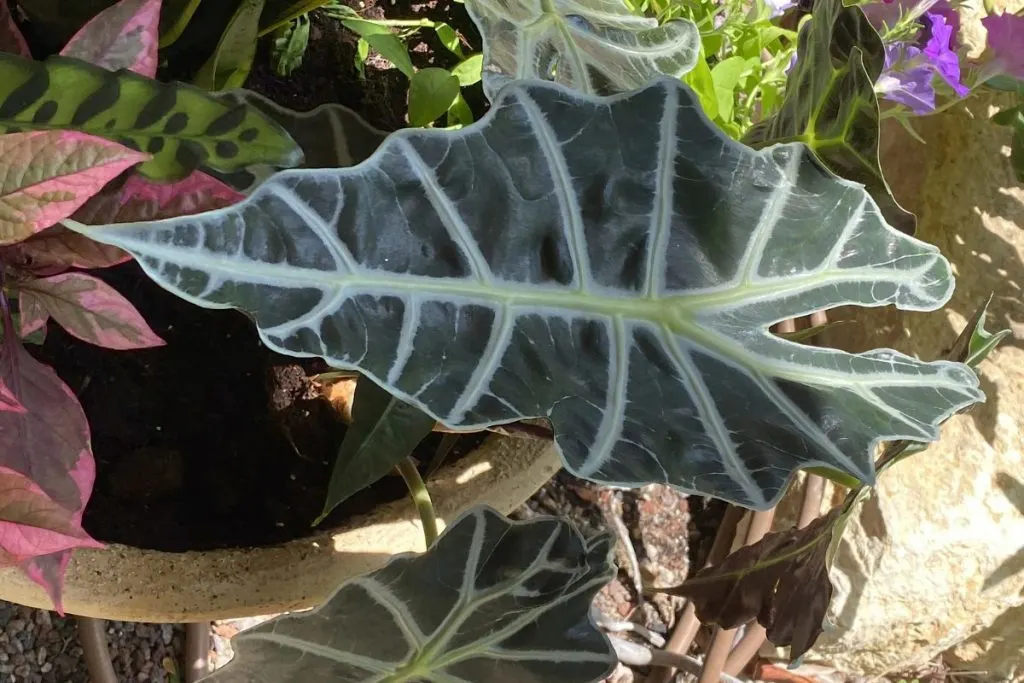
Will my plant have enough light? I don’t want to kill it in a few weeks in my home. I want to see new growth in the plant as well. What does my plant likes?
Since its leaves are deep green, does it mean my plant likes direct sun? Maybe bright light? Should I keep it in a room with warm temperatures? I don’t want to see yellow leaves.
I know you have a lot of questions due to its location, but here is a simple answer for you: east windows should be fine and windows with southern exposure! This is universal for all alocasia species. Note it, bright indirect light for my lovely alocasia.
Unique and colorful foliage plants are hard to take care of, but when you learn some silly tricks, taking care of indoor plants gets very easy.
Don’t panic, two plants or a single new plant in your home will be okay. Alocasia plant care isn’t easy, but keep reading and you’ll learn all about it.
African Mask Plants Need For Water
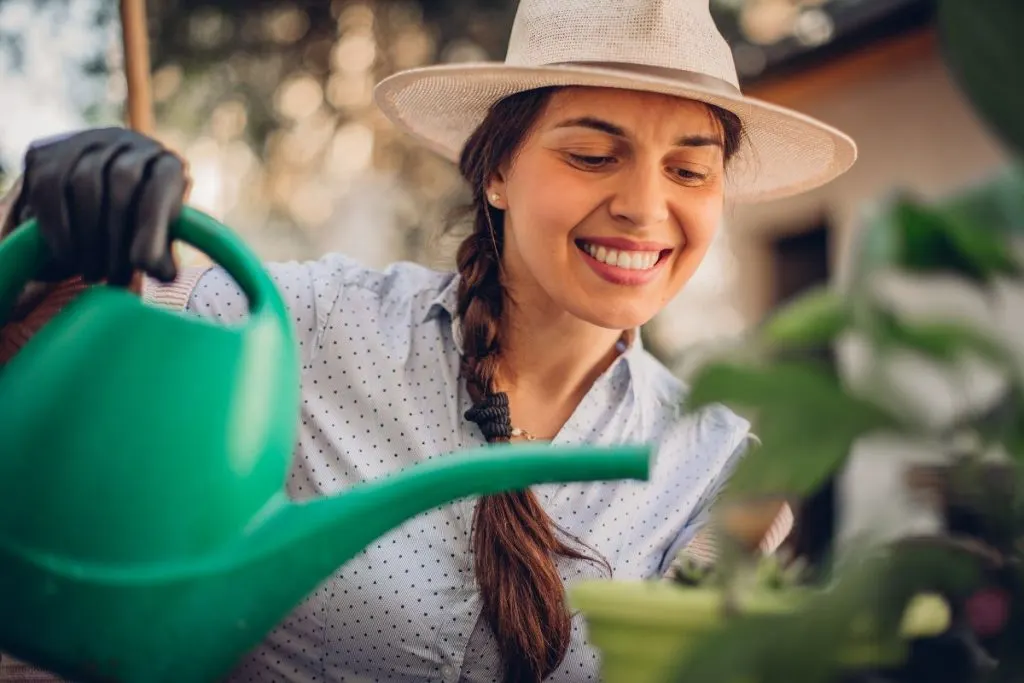
Regular and abundant watering is absolutely necessary for the flower during the warm season, but with access to cold days, the intensity gradually decreases and is limited to the required minimum of the plant.
It is easy to determine the need for water by the condition of the leaves. If during the period of sleep, the plant begins to become sluggish, and the leaves lose the freshness of shade, you need to increase watering a little, but only slightly.
Well draining soil on warmer days, (consistently moist), and less water for colder months.
Is Direct Sunlight Good For African Mask Plant?
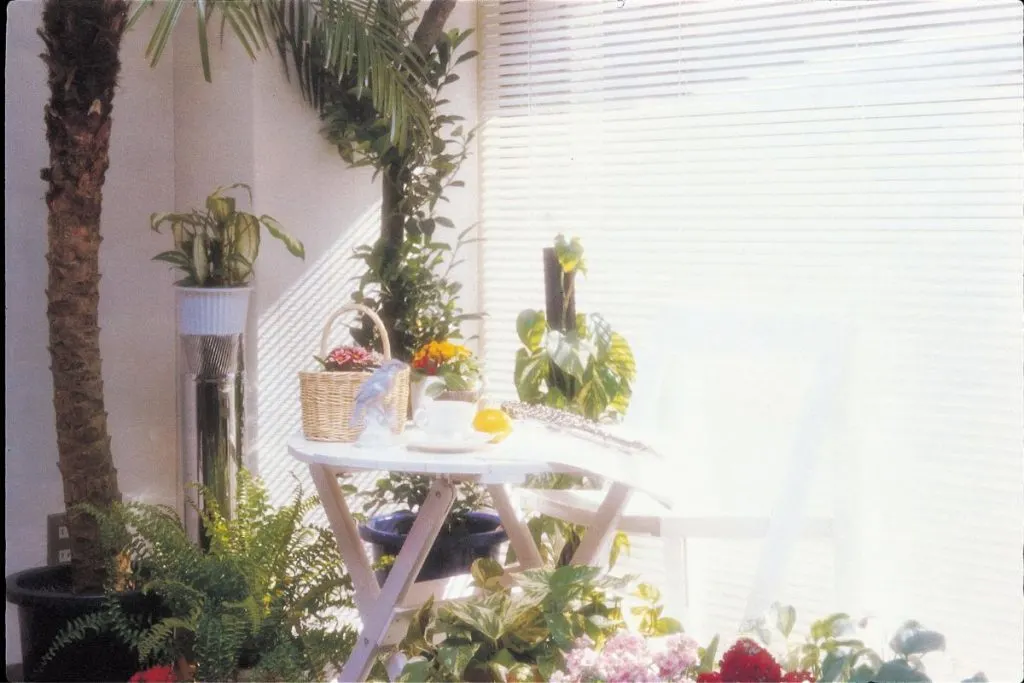
There is little light in the forests, so Alocasia can grow even in low light conditions. If this thought, even for a second, has crossed some paths of your mind, it is time to return to reality.
Although the logic is absolutely not wrong, the genus we describe is not among the plants grown in complete shade.
For growing in pots in the apartment, it is advisable to choose very bright environments (near windows with southern exposure), while for growing in the ground (when possible) it is better to choose a position in partial shade.
Temperature Conditions For Your Alocasia
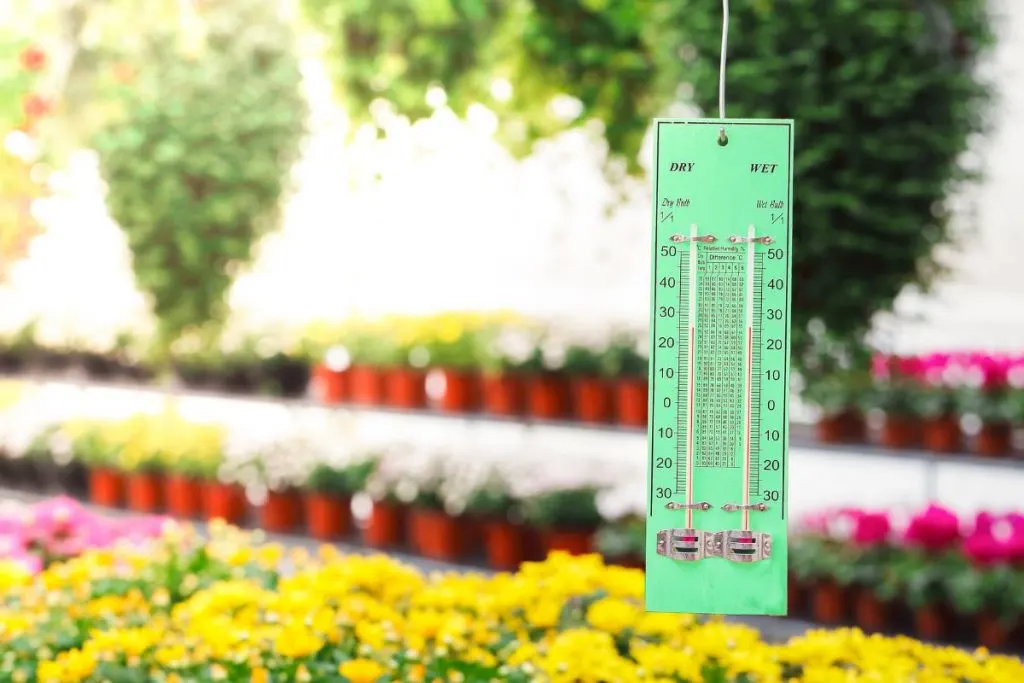
Alocasia is a tropical plant, accustomed to warm climates, and since it grows, mostly in forests, the heat must be moderate. The optimum temperature is 75 to 80 F.
This refers to the period of active vegetation, i.e. warm weather, but for the rest of the time the temperature decreases to 65 F, but not lower. In this case, it is necessary to ensure the inflow of fresh air.
If you live in a place where there is a constant summer temperature around you, you have nothing to worry about. If however, a regular change of seasons is constant, just pay more attention and prepare it for colder weather.
What Humidity Levels Does It Need?
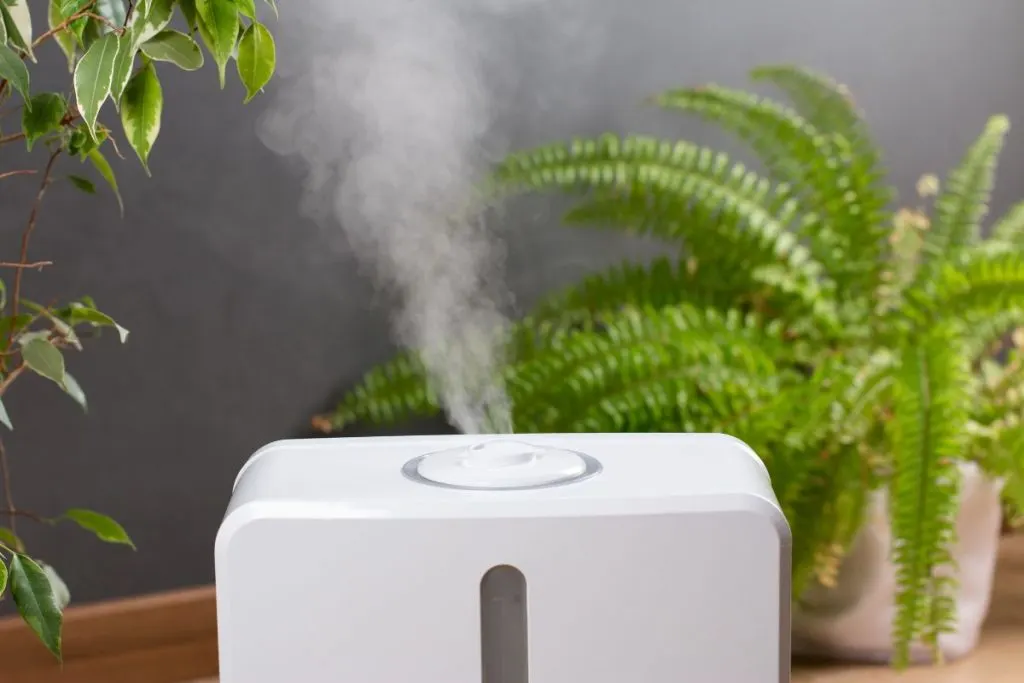
Like most tropical vegetation, Alocasia is accustomed to high humidity, so when it grows indoors, it requires appropriate conditions.
Never allow your plant to stay in a room with dry air. On hot, hot days, it is necessary to spray the plants from the garden sprayer, until the colder days. Humidity levels should be around 65 to 79%.
In addition to spraying, the plant requires regular cleaning of the leaves by wiping with a damp cloth or sponge.
But with all its love for moisture, allocation does not tolerate stagnant water. Its excess should be easily removed, otherwise, there will be problems – fungus and decay of the root system.
Choose A Perfect Soil
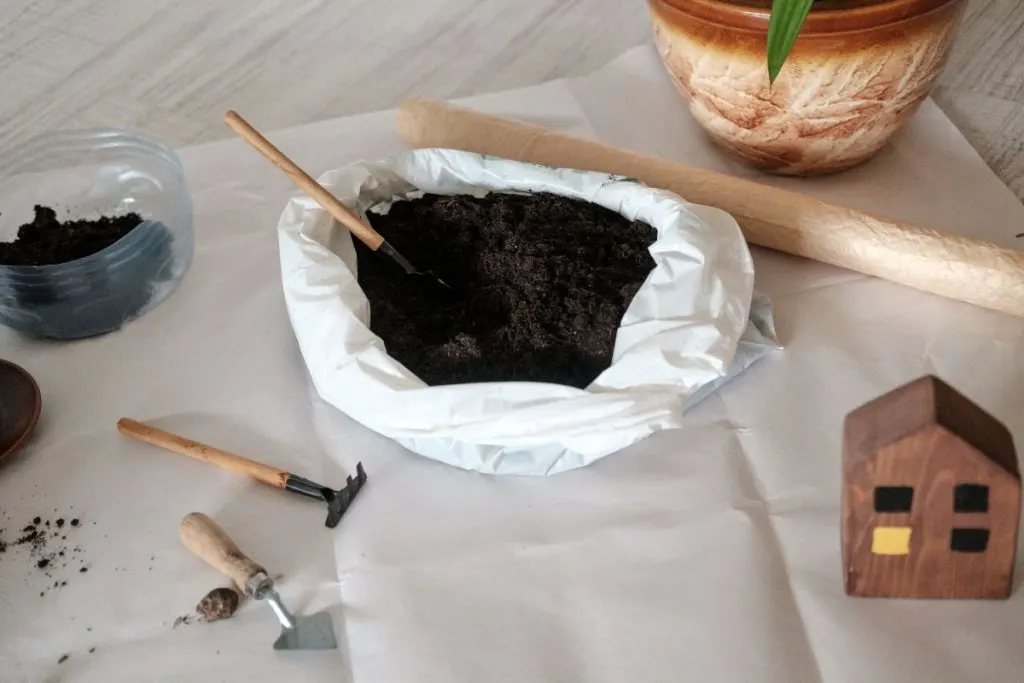
The soil for growing alocasia must be airy, that is, loose, well-drained, and able to remove excess moisture and a sufficient amount of nutrients.
Alocasia, under natural conditions, is accustomed to excessive amounts of nutrients, so you will need to provide soil rich in fertilizers.
The soil should be fairly light and well-drained, based on large river sand, and should have neutral acidity.
Before planting this plant, prepare a nutrient mixture rich in organic and mineral substances.
- River sand, grassy lawn, and peat soil. Equal amounts of these components support the plant, and after six months the soil should be supplemented;
- Ready soil from the store – for azaleas, mixed with hummus and peat soil, best of apical, add a little grass and fertilize with minerals;
- Standard soil from the market – perlite, sand, gravel, and moss. Such a composition is most suitable for acid preparation.
It is also possible to prepare the soil from coniferous raw materials – peregrines needles and peat.
Such a composition will probably be best for filling Alocasia plants. It will meet all your requirements, including wastewater. Such soil does not require additional drainage – drainage is sufficient.
Fertilizers For African Mask Plants
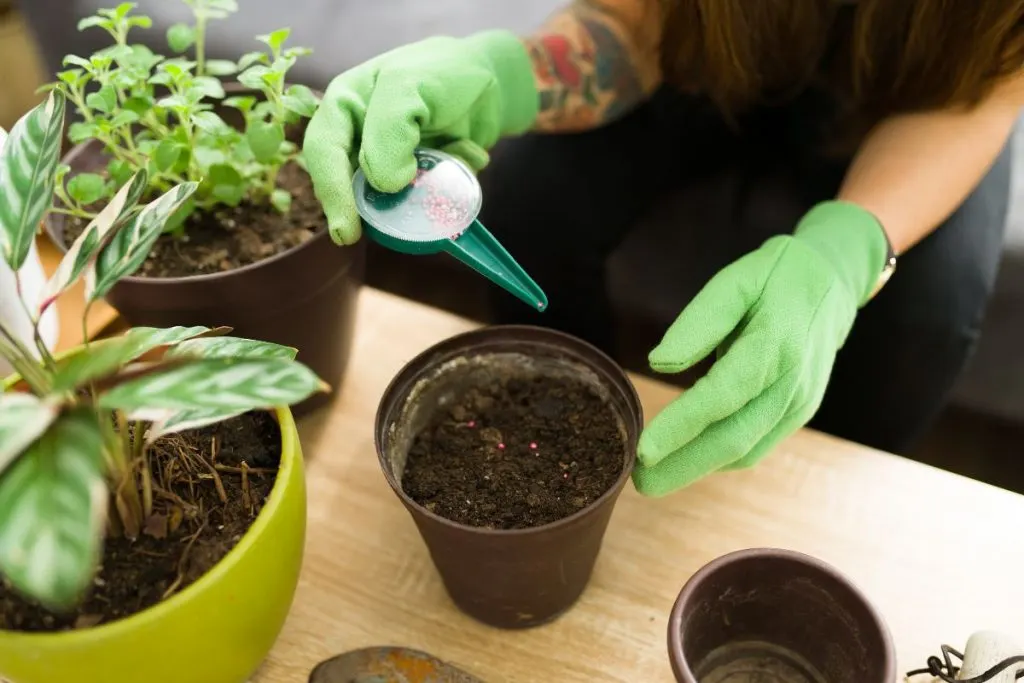
You should provide this plant with sufficient nutrients for normal growth. With the beginning of active vegetation and when you notice that the plant grows, fertilize the soil with additional fertilization. Organic and mineral compounds are suitable for your African plant.
Before the rest period, feeding should be gradually reduced, first by a third, and at the time of the onset of cold weather and at all, stop. The plant should rest and gain strength for the new season.
Pot Cultivation For Alocasia
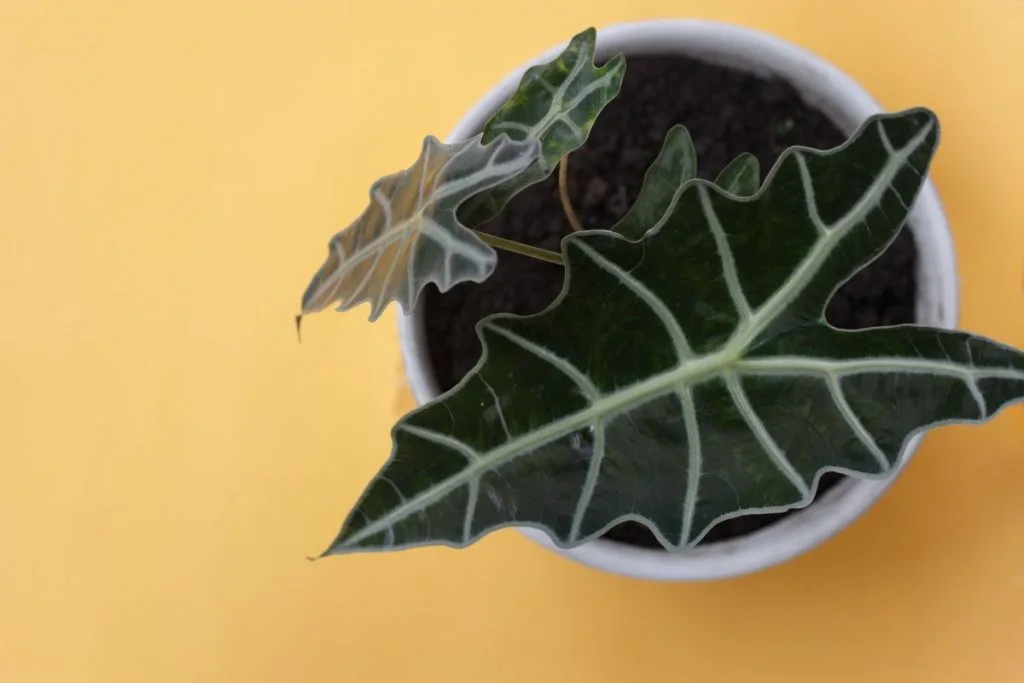
Pot cultivation is perfect for species belonging to this genus. It is obvious that a small pot cannot be used because otherwise, you risk the plant falling to the ground, dragged by the weight of large leaves.
A large container selected for growing the plant must contain pieces of earthenware, coarse sand, or any other material suitable for avoiding water stagnation at the bottom.
Lots of moisture, but no water stagnation: this is the first rule of fundamental importance to take care of Alocasia in the best possible way.
Repotting must be carried out every two or at most three years (depending on the type of growth rate) at the end of winter. Choose only particularly bright environments.
Growing In Open Ground
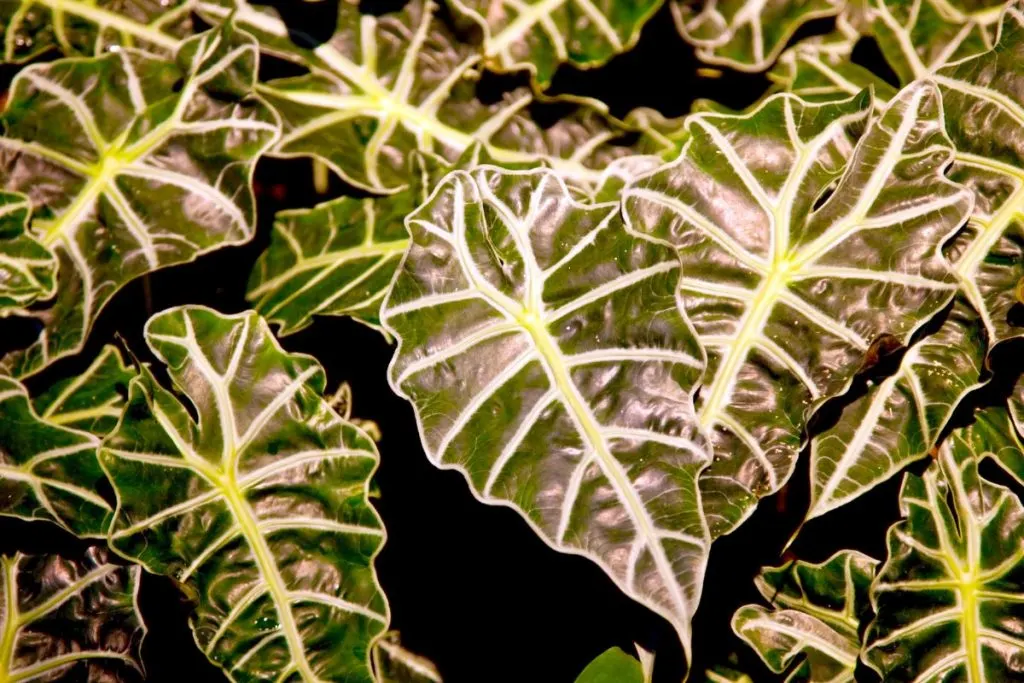
Seeing such a plant in the garden can be just an indescribable pleasure for the eyes. Alocasia is easier to grow indoors, while they fail to adapt to colder climates.
Only if you live in a seaside resort, a place where the temperature during the year is particularly mild, it is possible to try to plant one of the many species directly in the garden.
The risk is really big, but if the climatic conditions allow this kind of cultivation, it is possible to create a heavenly corner right in front of the house.
In the garden, it is advisable to place Alocasia near other plants that have the same watering needs.
This ensures the plant always has a new level of humidity, a necessary condition for healthy growth.
It is a perfect place near a small artificial water surface: in this way not only will the humidity be constant, but the performance will also be sublime.
It is important never to place the plant inside a clearly visible depression in the ground, as this could cause serious water stagnation in a very short time.
Growth On The Terrace
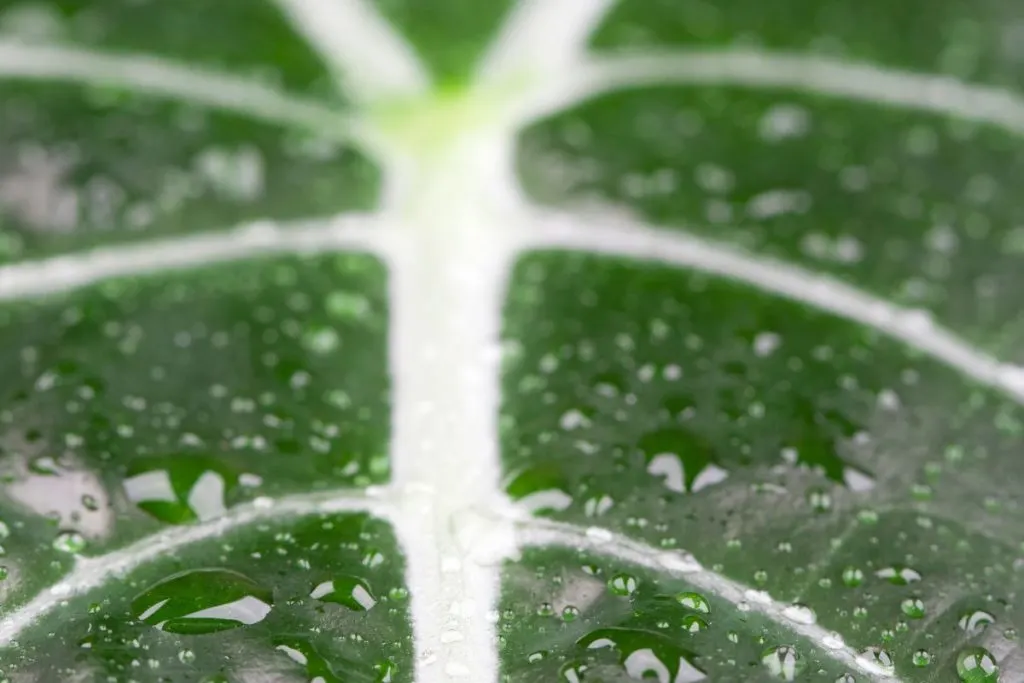
During the warmer season, it is possible to move the vase on large balconies and terraces, always paying the utmost attention to the exposure and never rushing to show everyone your Alocasia (it’s hard I know, resist it).
Never move the plant outdoors (if you live in areas where the climate is not mild) when temperatures can still drop sharply and suddenly below 50 F.
Also, never leave Alocasia in direct sunlight during the summer season, especially in the middle of the day.
African Mask Plant: Repotting Yes Or No?

Remember that the alocasia flower grows very quickly, so it requires an annual transplant into a larger vase.
As a rule, during transplantation, the nutrient substrate also changes, but without disturbing the root system.
The flower is transplanted, but you’re not exposing its roots from the soil on which it grew. Adherence to this rule allows the flower to calm down and bloom faster.
Change the pot every three years. In this case, the roots should not be discarded – the transplant is carried out by the method of transshipment while preserving the roots.
It is enough to fill the fresh soil with gaps created during transplantation into a large container and ensure that the flower does not fall into the ground.
It should be above ground level, about 4 inches, no more. The best time to do this is early spring or late summer, but avoid repotting on winter days.
How Is Propagation Done?
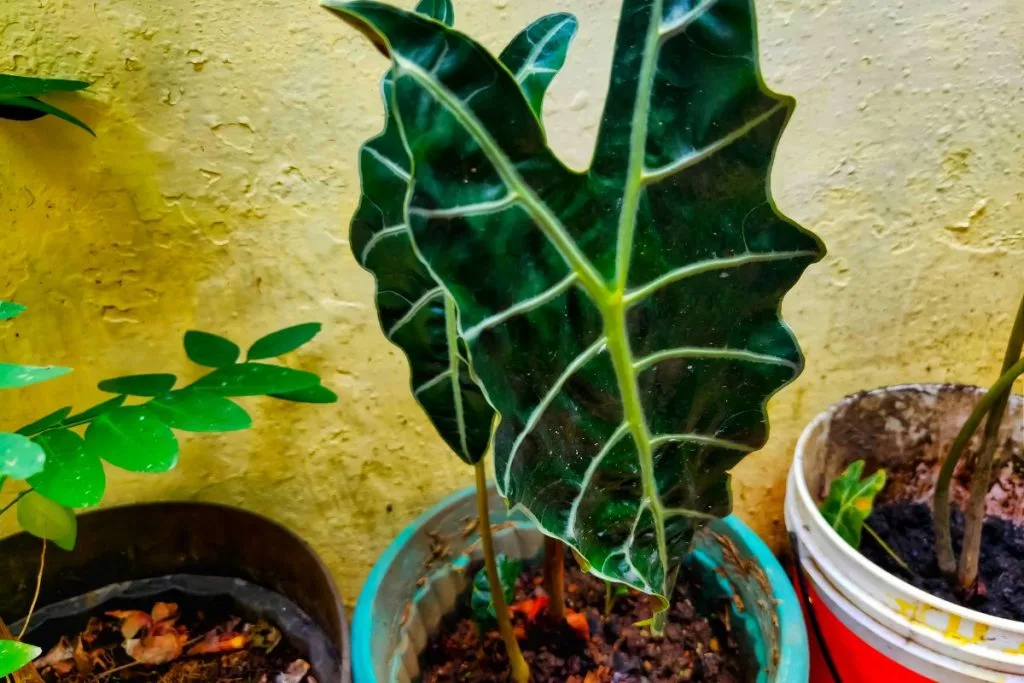
- This method is used to propagate the “mother plant.” Remove the bush from the pot, clean the root system, then determine the place of division and separate a part of the bush with a horticulturally sharp clean knife. At the same time, it is essential that there are visible places of growth in each separated place.
- Multiplication/propagation of alocasia can be obtained by sowing the plant in a nutrient medium consisting of a mixture of peat, soil, and sand. You just have to soak the seeds in moist soil before the entire process. Further care is simple – maintain soil moisture, and ventilate regularly, but during germination, they need daily spray water from a spray bottle for more moisture. At a temperature between 65 and 70 F, the seedling grows quite quickly and you will soon get a strong healthy plant. For starters, you can use disposable plastic cups, and only after Alocasie gets a concrete shape, transplant it into containers for its permanent growth.
- Spreading by bud-on the stem of the plant with a sufficiently developed root and stem cut a little below the leaves and the main part where the plant blooms. Such seedlings are planted in a standard nutrient medium. If you follow the rules of care – regular watering, spraying the plant, and airing, the root will sprout quickly. It is also worth noting that this is perhaps the only way to reproduce alocasia, in which the full preservation of its properties is guaranteed.
Learn More About Pruning Alocasia
If you didn’t see it coming, here it is: there is nothing to learn about pruning the alocasia plant.
How to intervene in such large plants then? Alocasia should not be pruned, just do regular cleaning regularly, removing dry and damaged leaves.
Most Often Pests And Diseases
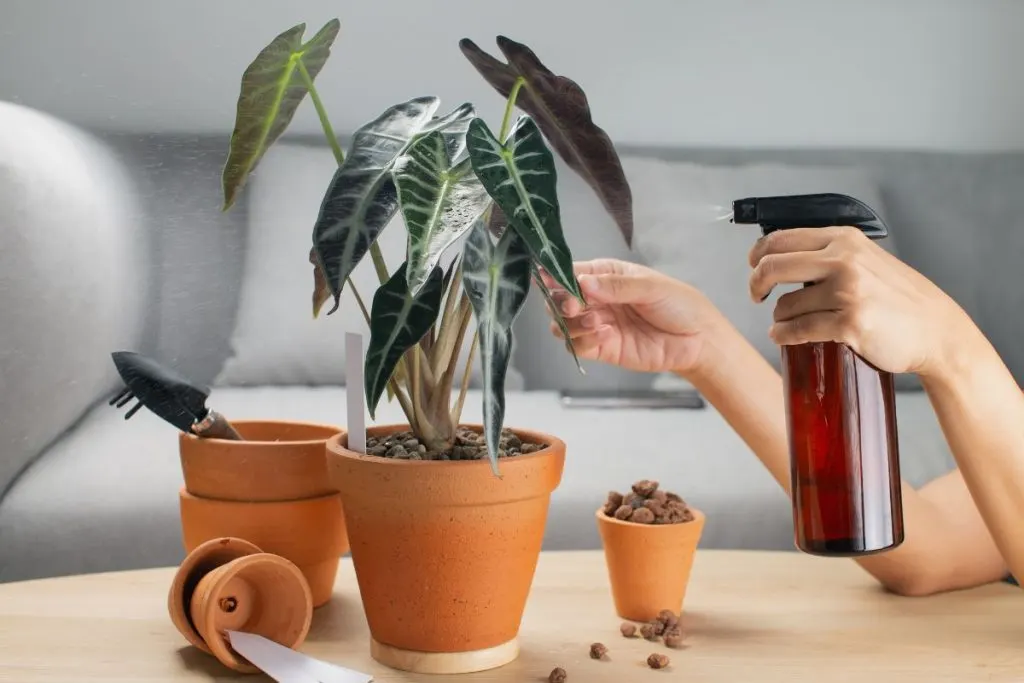
Nutritional deficiencies can cause yellowing of the leaves, and the plant is also exposed to attacks by aphids and insects.
A weakened planet is easy prey for these parasites, and they are easy to drive away by cleaning the leaves (compared to many other plants, it is easier to rinse and clean large leaves) or by intervening with certain products.
The spider mites, on the other hand, attack Alocasia when the humidity level is low. The best way to defend against the threat of an attack is to spray regularly.
Pay attention to the color of the leaves. When the leaves begin to take on a darker color and begin to appear less vital, it is best to change the position of the plant immediately.
The plant is exposed to direct sunlight. When large leaves lose their typical shine or when the edges begin to darken a little, it means that the plant suffers from few or incorrect fertilization.
Is African Mask Plant Toxic?
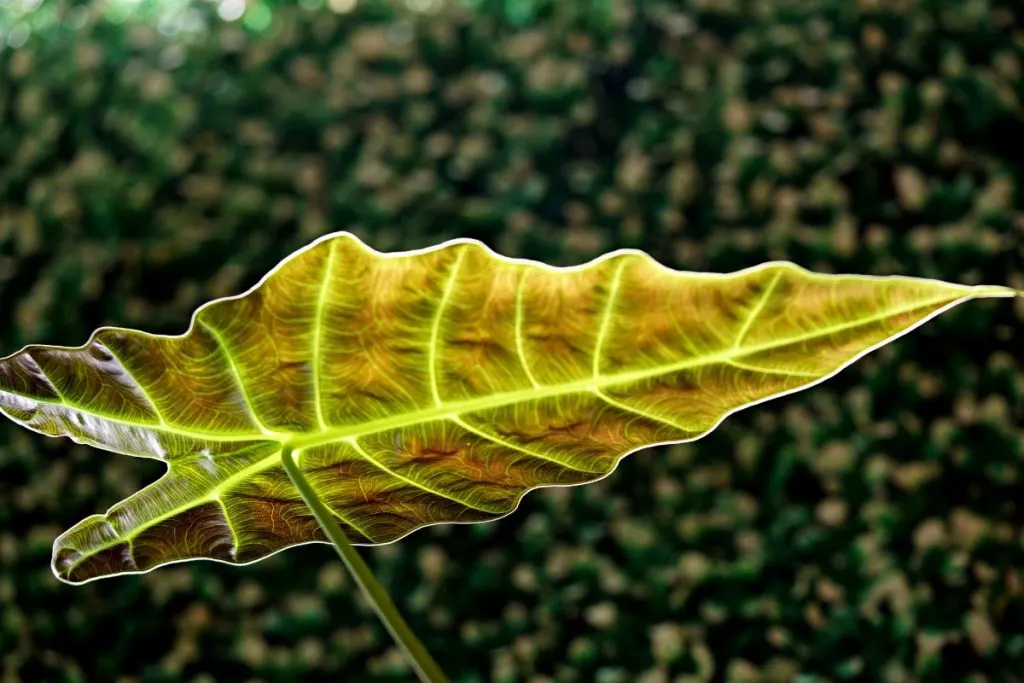
Yes, African Mask Plant is toxic for humans and pets as well! The toxicity of Alocasia is due to the presence of calcium oxalate crystals in all its green parts.
Intake of any part of this plant into the body is very dangerous (it can cause swelling of the throat and even possible suffocation).
Alocasia Native Habitat
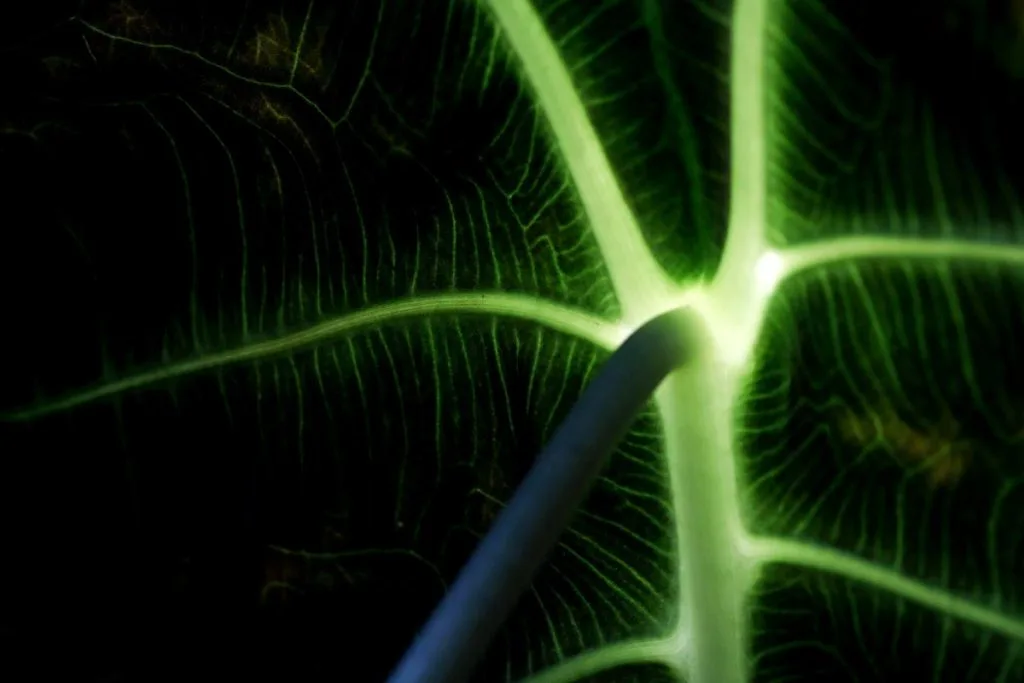
In the wild, the native habitat of alocasia is the central region of America and Southeast Asia.
This popular plant can be found in New Guinea as well. As we can see, it prefers a warm climate and it’s mostly found in places with warmer climates.
Another place where the African mask plant was seen and is a big part of plant culture in Amazonia.
As a rule, natural plant varieties prefer forest tractors or artificial seedlings, of which less can be found on wetlands and even mountain plots. This plant, for sure, doesn’t like winter months-colder months.
Wrapping It Up

I KNOW RIGHT?? It doesn’t seem like 20 minutes ago I told you that this is addictive. Well, I warned you.
What’s the best potting mix, what’s the best potting soil? Is it good to use artificial light? What’s the best pot size for your alocasia?
How to recognize root rot? You know it all now. You’ve also learned much about more African mask plants.
We hope we’ve been helpful with this article. All you have to do now is to choose a perfect African mask plant variety for you and that is it!
Good luck!

